Estimated reading time 12 minutes, seconds.
It has been an eventful year for aviation — from new acquisitions, to new developments, to new regulations. As 2023 comes to a close, we’ve rounded up the 10 most popular articles on skiesmag.com this year. Here’s a brief recap of each story, with links to the original articles (click on the titles). In the meantime, the Skies team would like to take this opportunity to wish all our readers a very Happy New Year and blue skies for 2024!
10. Sealand Aviation’s RED Beaver prototype ‘up and running,’ progressing towards certification in Canada

B.C.-based Sealand Aviation has modified the iconic de Havilland Canada DHC-2 Beaver by installing a V-12 piston engine, the A03-005 model, from German company RED Aircraft. The modified aircraft, powered by the RED A03-005 engine, flew for the first time in February 2023, featuring avionics upgrades, cabin refurbishment, and a new paint scheme. Sealand Aviation anticipates obtaining the Canadian type certificate and Federal Aviation Administration STC in the first quarter of 2024.
9. Facing more advanced threats, Canada secures US$5.9B deal for up to 16 P-8A Poseidon aircraft

The federal government in November 2023 finalized an agreement with the United States government to acquire up to 16 Boeing P-8A Poseidon multi-mission aircraft to replace the Royal Canadian Air Force fleet of CP-140 Aurora maritime patrol aircraft. A disappointing result for Bombardier, the US$5.9 billion deal includes 14 P-8 aircraft, with options for up to two more, as well as associated equipment, training devices, and initial sustainment.
8. Buffalo Airways takes delivery of first jet aircraft, a 737 freighter

Buffalo Airways received its first jet aircraft, a Boeing 737-300SF, on Aug. 3, 2023. The 1986 jet was acquired from European Aviation Group, and was formerly operated by Swiftair based in Madrid, Spain. Buffalo’s 737 (tail number “C-FBAE”) is based in Edmonton, where it operates Monday through Friday for overnight freight deliveries to Yellowknife, N.W.T. Entry into service was delayed to late summer 2023 due to maintenance and regulatory issues.
7. RCAF FAcT program could see a new mixed fleet of aircraft

SkyAlyne Canada, a partnership between CAE and KF Aerospace, has proposed a mix of fixed- and rotary-wing aircraft for the Royal Canadian Air Force’s Future Aircrew Training (FAcT) program. The training is to be provided at existing locations in Moose Jaw, Portage la Prairie, and Winnipeg, with focus on a re-imagined sequence and format using new equipment and fleets of training aircraft. The proposal includes aircraft such as the Grob 120TP for basic flying training, Pilatus PC-21 for advanced fixed-wing training, Airbus H135 for advanced rotary-wing training, and Dash 8-400 for airborne electronic sensor operator training.
6. WestJet operates first revenue flight of 737-700 with drag reduction kit installed

WestJet operated the first revenue flight of its modified Boeing 737-700 aircraft with Aero Design Labs’ drag reduction kit in March 2023. The kit (ADRS 1), designed to reduce interference drag around the fuselage, includes modified fairings on the wings, fuselage, wingtips, and landing gear, as well as strategically placed vortex generators. WestJet was the second airline to operate a revenue flight with the kit, following Southwest Airlines. The ADRS 1 kit is expected to result in fuel cost savings of approximately $12,000 per month, and reduce over 40 tons of CO2 per aircraft per month.
5. Overture Superfactory’s first assembly line to produce 33 aircraft per year when complete in mid-2024

Boom Supersonic’s Overture Superfactory at the Piedmont Triad International Airport, set for completion in mid-2024, is being strategically built in segments, with the primary focus on the first final assembly line designed to produce up to 33 Overture supersonic airliners per year. As of June 2023, the commercial order book for Overture included 130 aircraft from major carriers like United Airlines, American Airlines, and Japan Airlines. Boom plans to launch production in 2025, with the inaugural flight scheduled for 2027 and certification in 2029.
4. De Havilland Canada confident in location for new manufacturing plant despite concerns

De Havilland Aircraft of Canada is promoting Wheatland County in Alberta as the ideal location for its proposed manufacturing plant, named De Havilland Field, to be used for final assembly of the DHC-515 Firefighter, DHC-6 Twin Otter, and Dash 8-400. While supporters anticipate job creation and economic diversification for Alberta, concerns were raised during the environmental review process, including those related to Indigenous rights, greenhouse gas emissions, and impacts on agriculture. De Havilland requested a temporary suspension of the regulatory timeline to address these issues. If approved by the end of 2023, the project is planned to be completed in six phases by 2033.
3. ‘Enough is enough’: Canadian pilots weigh in on the shortage, wages, and FDT regulations
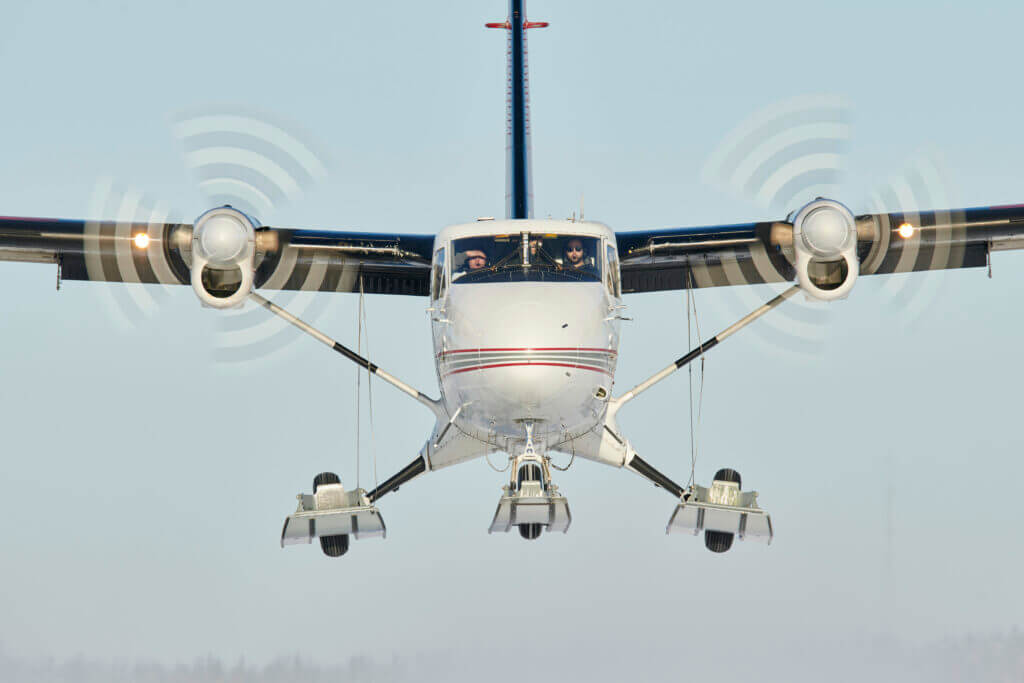
Canadian pilots are emphasizing the need for a living wage, and say factors contributing to the pilot shortage include financial constraints on pilot training, low wages, and unattractive working conditions. They argue that operators, especially those in northern and remote areas, must provide reasonable compensation packages to attract and retain experienced pilots. The implementation of new flight duty time regulations is seen as a positive step for pilot safety, but pilots insist that fair compensation is crucial for long-term retention.
2. Rescuing SAR in Canada
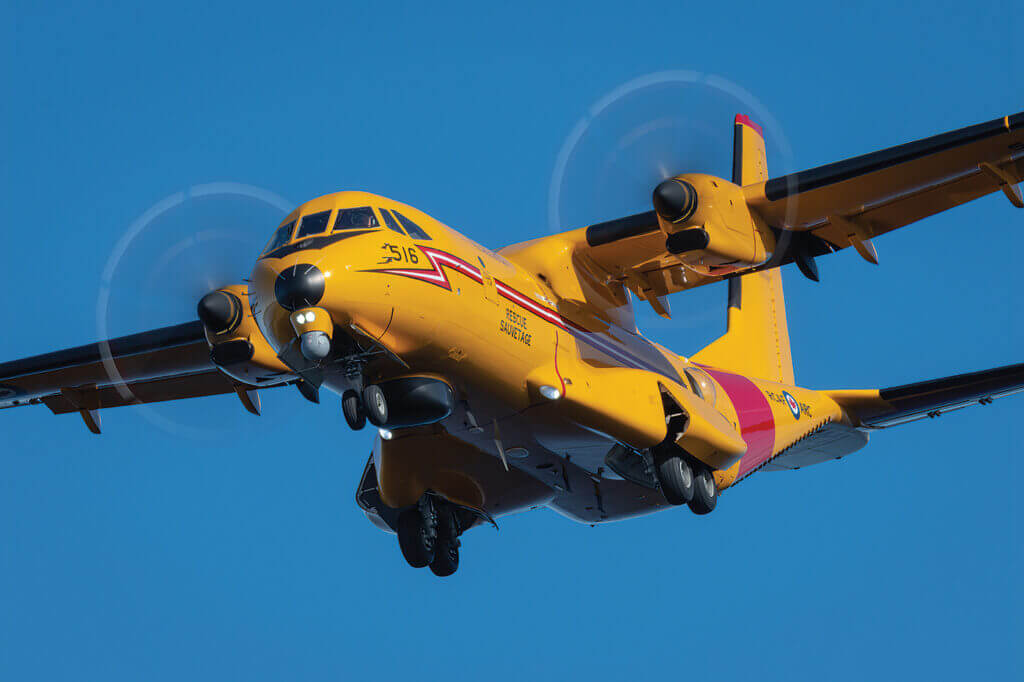
Many have argued that there is a host of challenges facing Canadian national search-and-rescue policy and governance, with the CC-295 Kingfisher and CH-149 Cormorant programs serving as key examples. In early 2023, professor Martin Shadwick, former editor of Canadian Defence Quarterly and resident defence commentator for the Canadian Military Journal, provided an in-depth analysis of the issues that plague the Kingfisher and Cormorant upgrade initiatives.
1. Canada takes delivery of first CC-330 Husky aircraft

The first CC-330 Husky, the Royal Canadian Air Force version of the Airbus A330 MRTT, arrived in Canada in late August 2023, marking the beginning of the fleet replacement for the aging CC-150 Polaris in the strategic tanker transport capability role. The Canadian government awarded Airbus Defence and Space a $3.6 billion contract for four new A330 MRTTs and the conversion of five used A330-200s to the MRTT configuration. The fleet of nine CC-330 aircraft is expected to be fully operational by 2027, with the first converted MRTT entering service by 2025.

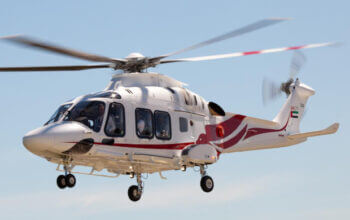

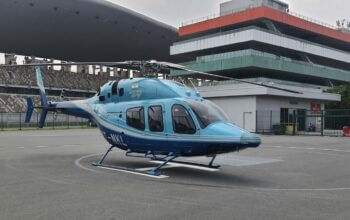
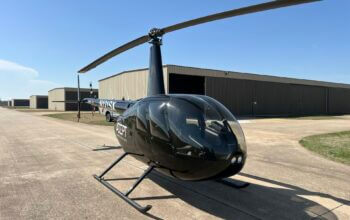




I read “Rescuing SAR in Canada” by Martin Shadwick in the context of the recent Air Tindi occurrence near the Diavik mine and wondered again why we have not thought about removing SAR from the list of tasks we assign to the RCAF. Please don’t mistake my comments for anything less than my complete admiration for how well they do it! It’s just that the CAF is properly built around its primary military mission. This means that SAR bases are at existing military bases rather than distributed in a way that makes more sense for the SAR mission. Therefore, the performance requirements for FWSAR are based on the need to deploy from southern bases to search all the way to the North Pole and far out into the Atlantic and Pacific oceans. The nearest primary RCAF search assets to the Air Tindi accident site are CC-130 Hercules from CFB Winnipeg about 1000 nautical miles (nm) away. It appears the Herc delivered the SARTECHs to the scene about as quickly as could be reasonably expected. If it had been a CC-295 Kingfisher the response time would have been longer due to its lower speed. Therefore, when fully operational the Kingfisher will provide a reduced level of SAR service relative to the current situation in terms of response time. The RCAF have secondary SAR assets at Yellowknife in the form of CC-138 Twin Otter but no SARTECHs are based there and even if there were, the Twin Otter is not normally equipped with SAR gear and fully-equipped SARTECHs can not easily jump out of a Twin Otter side door. But Kingfishers (or similar aircraft) based at Yellowknife could do a fine job of responding to incidents in much of the western arctic; Kingfishers based at Iqaluit could serve the eastern arctic. The nearest primary RCAF rescue assets are CH-149 Cormorants at CFB Comox, also about a 1000 nm away. Sensibly, the “rescue” was not accomplished by a Cormorant but by several commercial helicopters based at Yellowknife. This is quite common and is a pragmatic solution to the vast distances from primary SAR bases. It would be prohibitively costly for the RCAF to base SAR aircraft elsewhere. This is why the Government should long ago have conducted a comprehensive review of the provision of SAR services in Canada with a view to assessing whether it should be provided by a separate, properly funded agency or, for example, transferred to an existing agency such as the Coast Guard. I don’t support the “privatization” of SAR as it is fundamentally a public service, however we already see that private companies are engaged in supporting SAR where it makes practical sense to do so. Our military does a fine job on SAR given the constraints they have but SAR is not really part of their “raison d’être.” It draws resources from their primary military job and dilutes the effectiveness of Canada’s military expenditures, already criticized by many for how little we spend compared to our allies. Full disclosure: I was the leader of the team that wrote the 2010 NRC report on the FWSAR Statement of Operational Requirements but have since retired and my comments here are my own opinion based partly on the work we did back then.